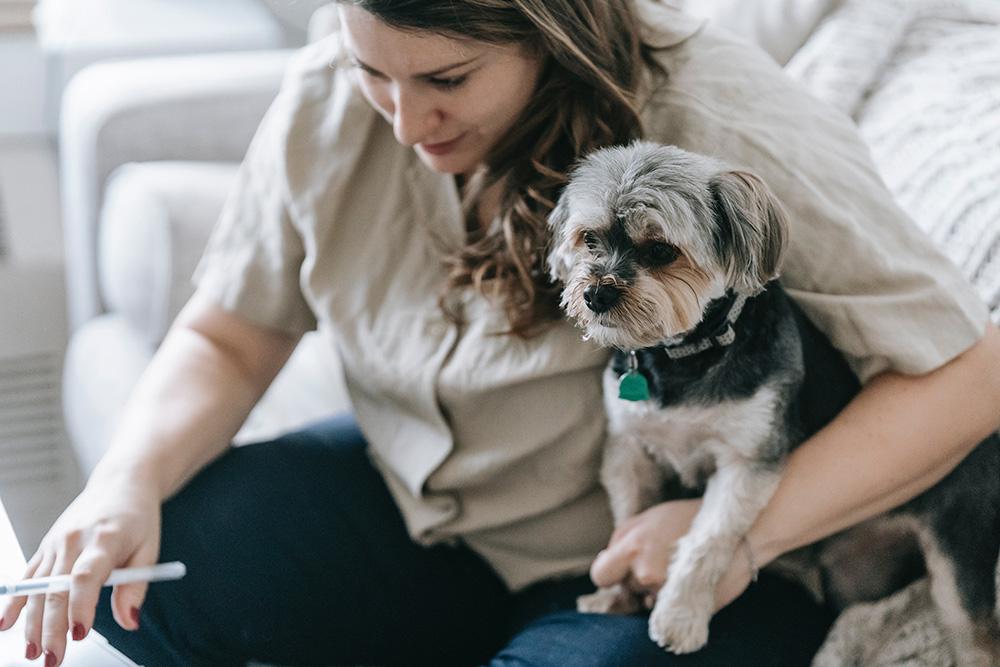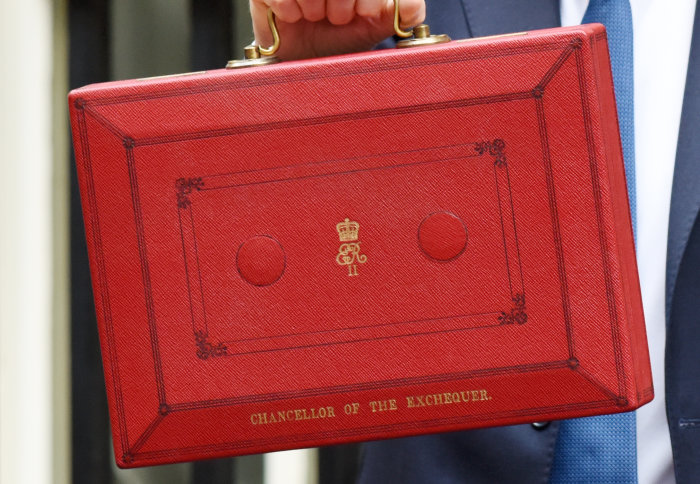Cost of Care
In our March and April Newsletters, we’ve been discussing the emotional journey of caring for elderly parents. In Part 1 we focussed on how to provide more support, and in Part 2, discussed things to consider when choosing a care setting for our ageing loved ones (ALOs).
In this issue – Part 3 – we will discuss some of the financial aspects of paying for care, and how we might be able to prepare our ALOs or even our own finances.
I hope you’ll understand that this is a complex area and being able to fit everything into this blog is almost impossible. Hence why it’s important to discuss the finer detail with us separately.
How much does it cost?
Depending on someone’s needs and circumstances, you can either get some care at home or move into a care home.
There are generally two main types of care home – residential, where staff help with everyday tasks such dressing and meal provision, and nursing, where residents are offered 24-hour nursing care.
The costs vary depending on location and provider.
- Home Care: A typical hourly rate for a carer to come to your home is around £20. Having a carer who lives with you costs from around £800 a week. But it can cost as much as £1,600 a week if you need a lot of care.
- Care Homes: Here is a useful calculator to help you start estimating these costs.
Who Funds This?
The ALO will be assessed by the local authority to see how much they will be expected to pay towards their care. Again, a complex area, but in short:
- Their income is factored in and used to help cover the costs.
- Anyone with assets above £23,250 will be expected to use their capital to fund their care costs.
Some of their income can be dis-regarded in certain circumstances. For example, they can choose to pass 50% of any private pension income to their spouse, if they are still living at home.
Certain assets are also disregarded in any calculation, such as their home if their spouse still lives there. Also, certain types of investment bonds (assuming the deliberate deprivation of assets rule hasn’t been breached)
Some people reading this may start thinking “why doesn’t the ALO just start gifting their assets away?”. To stop this loophole there is a “Deliberate Deprivation of Assets” rule. This means that if it’s found that this as been done, the assets gifted away are considered to still be owned by the ALO.
If the ALO does qualify for Local Authority funding, it’s worth bearing in mind that the freedom of choice when it comes to the home is limited as the Local Authority will have more influence on this.
How to Fund Care?
Let’s assume that someone doesn’t qualify for any local authority funding, or you would prefer to have full choice over the ALOs care home choice. Here are some of the things that we consider in our financial plans with clients in this position.
- Pension income
- Investment income
- Could the home be rented out?
- Should the house be sold to provide capital?
- How much capital is there? Should this be:
- Invested to provide more income for the care costs
- Used to buy a Care Fees Plan. This is where a lump sum is used to pay a guaranteed amount of income for the rest of the ALOs life.
- Government Benefits. Those who need care often qualify for Attendance Allowance
- Are any loved ones willing to help fund any shortfall?
Summary
I told you it was a bit complex.
We wish you well on your journey with your aging loved ones; some of the team have already been there, some are there now, others are heading in that direction! It’s always good to feel you aren’t alone.
Be rest assured that the Ovation Team have the expertise to help you navigate and plan around this. Do get in touch through the MyOvation messaging service or call us directly on 0117 942 4333.
Investing to raise the costs of funding care – The value of your investments can go down as well as up, so you could get back less than you invested. Past performance is not a reliable indicator of future performance.








